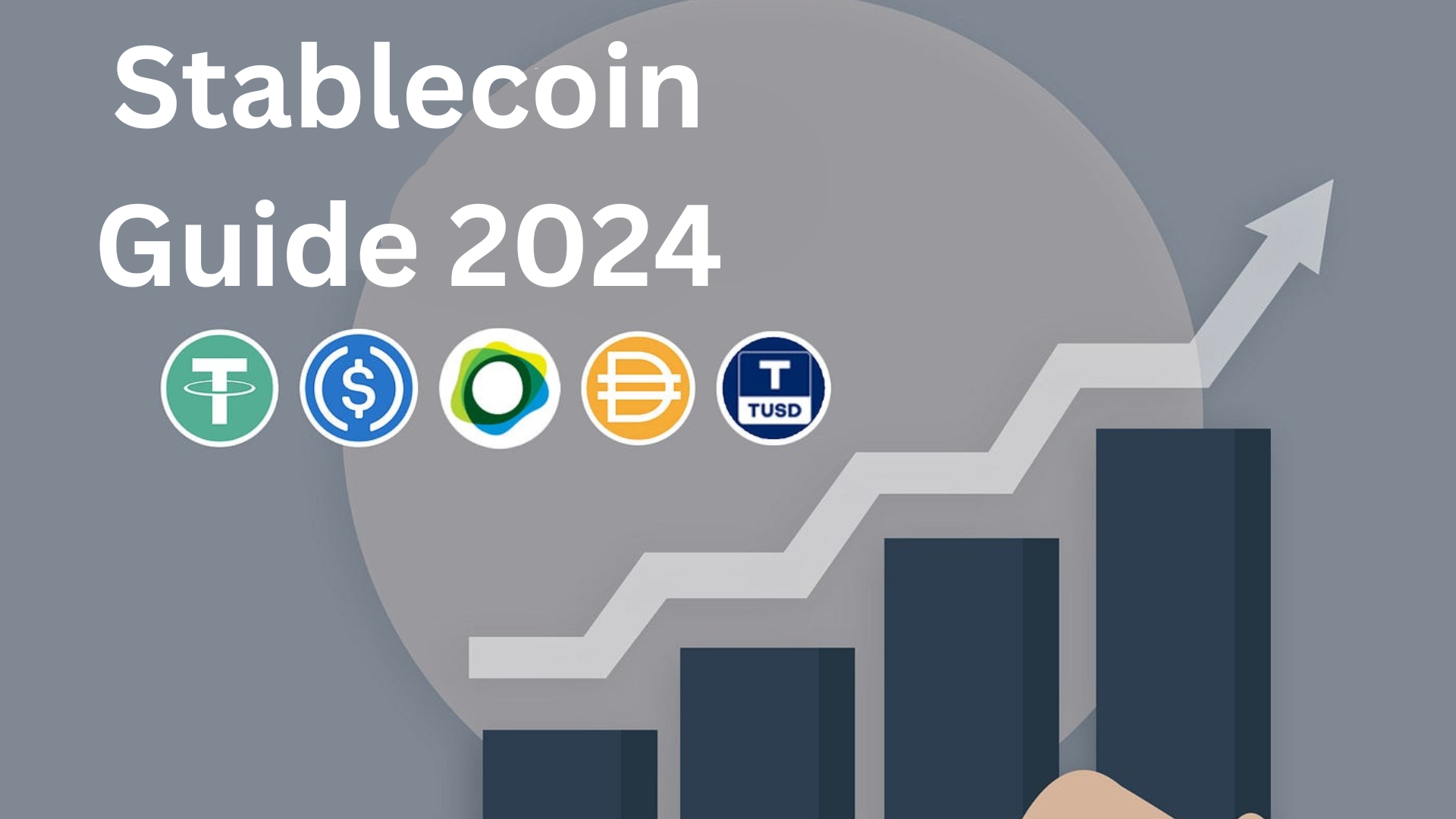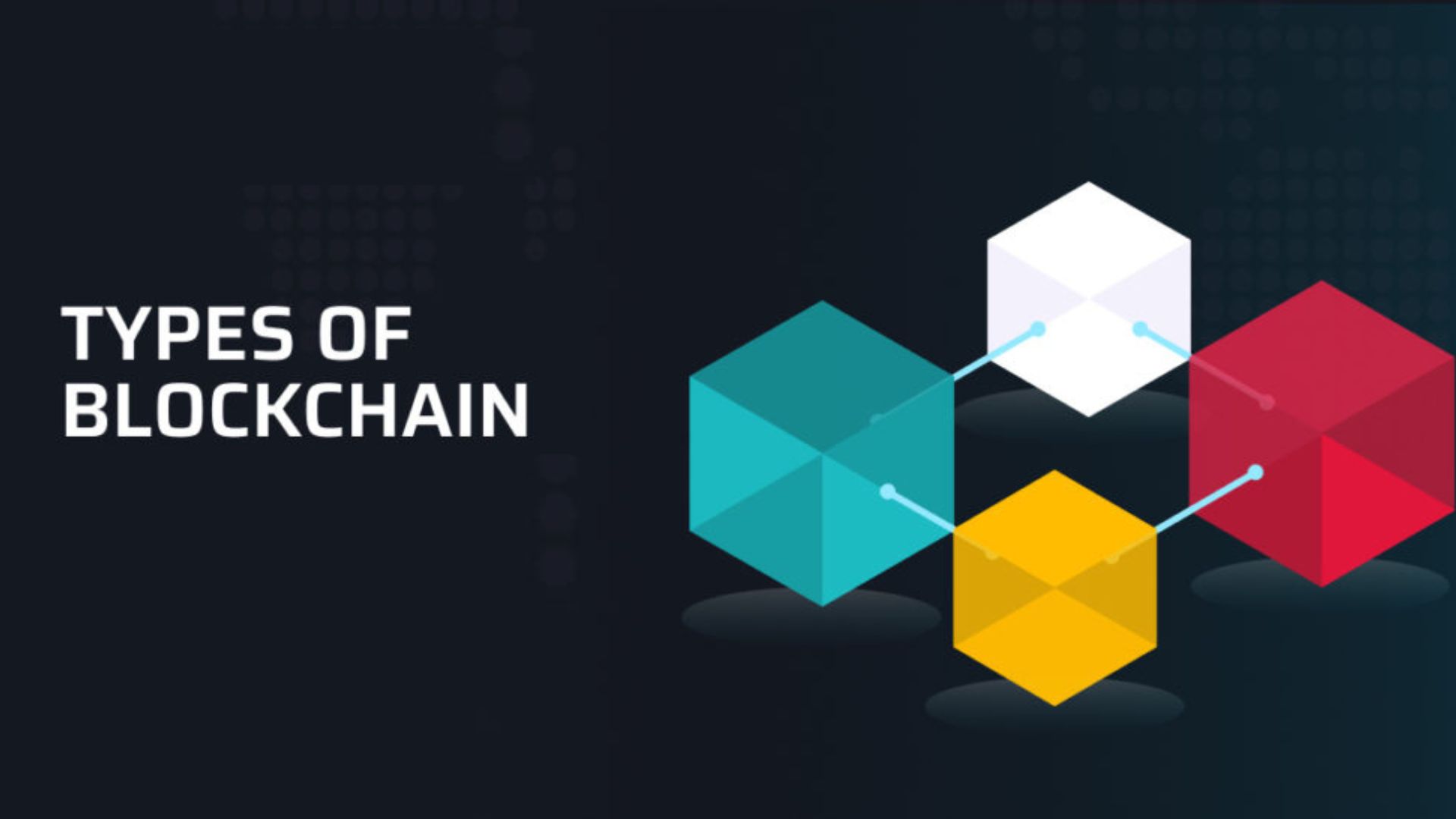Blockchain Networks: Centralized, Decentralized, & Distributed Networks
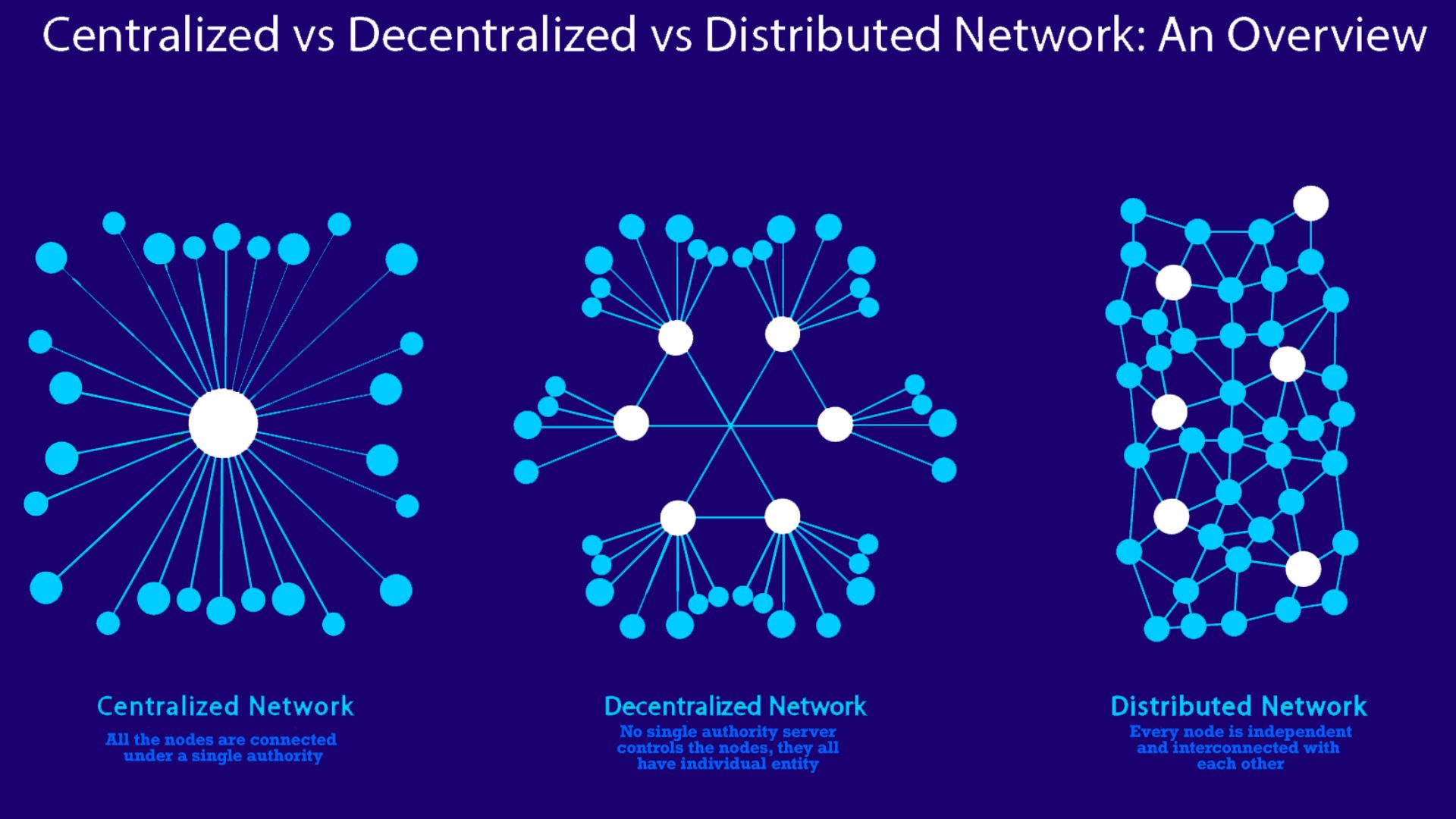
Blockchain Networks: Centralized, Decentralized, & Distributed Networks. Some terms used to describe networks in conversations about blockchain technology include “decentralized,” “distributed,” and “centralized.” A decentralized network, though, is what? Is it distinct from a distributed network? When compared to centralized networks, what benefits do these network designs offer?
The phrase “decentralized network” is frequently used when discussing blockchain technology. However, many individuals still struggle to define decentralized networks, distinguish them from distributed networks, and explain the advantages of various network topologies over centralized ones. There are benefits and drawbacks to every possible network design. The main distinctions between distributed, centralized, and decentralized networks are covered here.
What Is a Centralized Network?
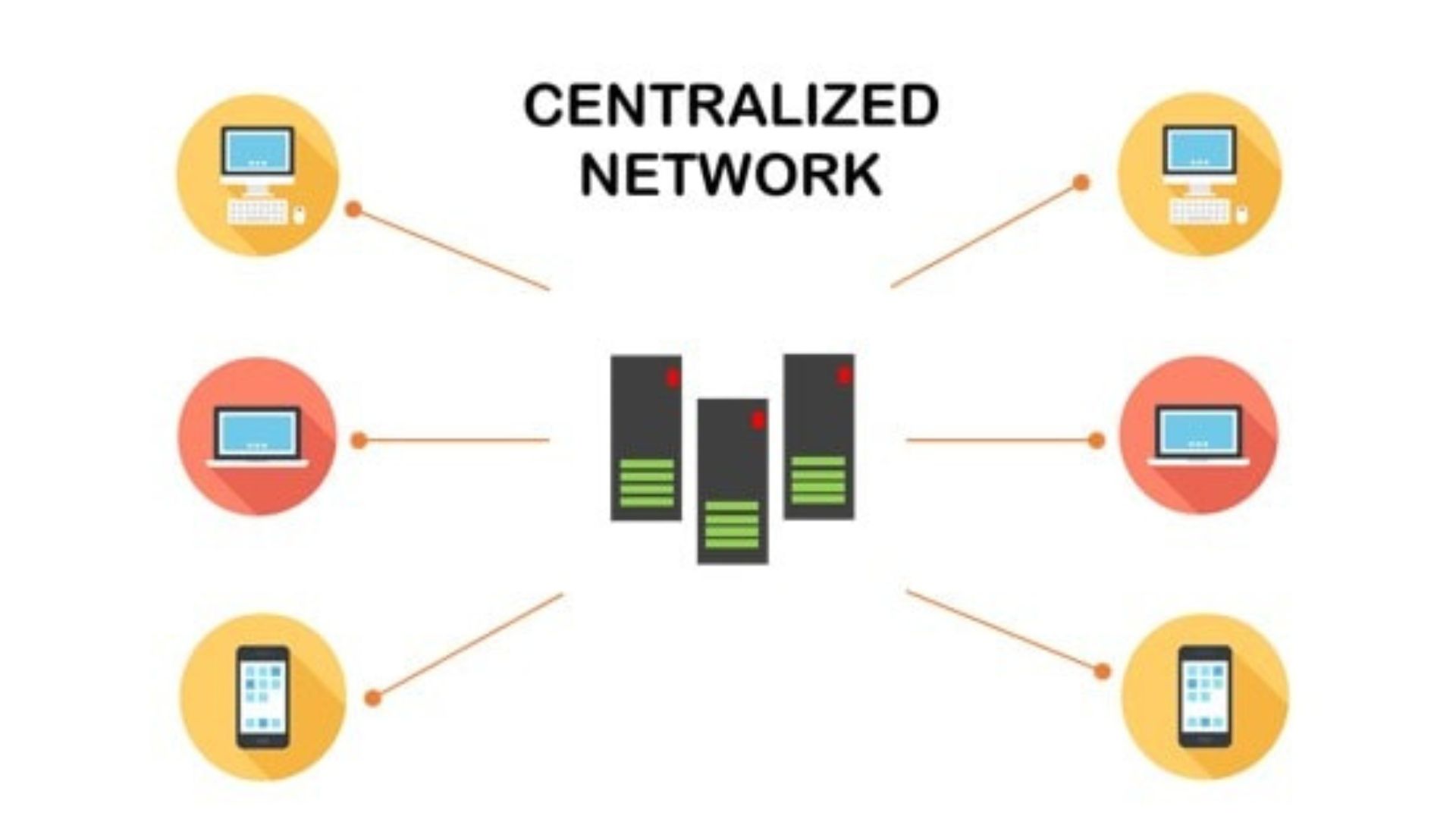
The heavy lifting for processing large amounts of data and storing user information in one central location is done by a single server or controller node in a centralized network. Client nodes can bypass the main server entirely by submitting data requests via the connection. A third-party authority must verify all data exchanges within most web services, such as YouTube, a mobile app store, or your online banking account, because a centralized network owner often administers these services.
At the moment, centralized networks are what you’ll see on the web the most. There is a single point of failure that bad actors can intentionally take advantage of in these networks because they rely on a single owner to connect all the other users and devices via satellites.
Advantages
-
Simple, rapid deployment: Delegation inside the network is easy, and there is less need for cross-chatter between different authorization levels in centralized networks because command chains are well established. Connecting client nodes to the main server is as simple as adding or removing them from the network. The processing power of the network remains the same.
-
Affordable maintenance: Because they are easier to set up and keep running, centralized networks are usually the best bet for smaller systems regarding cost. Also, the only server that needs updating when a network administrator wants to patch or upgrade the network is the central server. As a result, maintaining an up-to-date network requires less effort and time.
-
Consistency: Standardizing interactions between the primary server and client nodes is easier in centralized networks due to their top-down design. The result may be an end-user experience that is more consistent and easier to use. In addition, because data collection and tracking is generally easy across the network, anomalous or unnecessary behavior can be identified and eliminated in line with the priorities and requirements of the network.
Disadvantages
-
Increased downtime risks: With a centralized network, there is only one place for things to go wrong; when the primary server fails, the system goes down. Because of this, client nodes cannot independently send, receive, or process user requests. Not to mention that the primary server may need to be temporarily powered off for maintenance, which means that services may be interrupted and users may experience inconvenience or decreased reliability.
-
Higher security risks: Since there is only one target to compromise in a single point of failure, cybersecurity risks like distributed denial of service (DDOS) attacks are more likely to cause disruptions or security breaches. Additionally, privacy concerns are inherently present in centralized networks because there is only one repository for user data. There is a risk of irretrievable data loss if a primary server becomes inoperable or crashes.
-
Limited scalability: Since adding extra storage, bandwidth, or processing power to the central server is the only option to grow centralized networks beyond a certain point, they might be difficult to implement. In addition, users further away from the central server may have higher latency if the network encounters traffic spikes that exceed its design capacity, leading to information bottlenecks.
What Is a Decentralized Network?
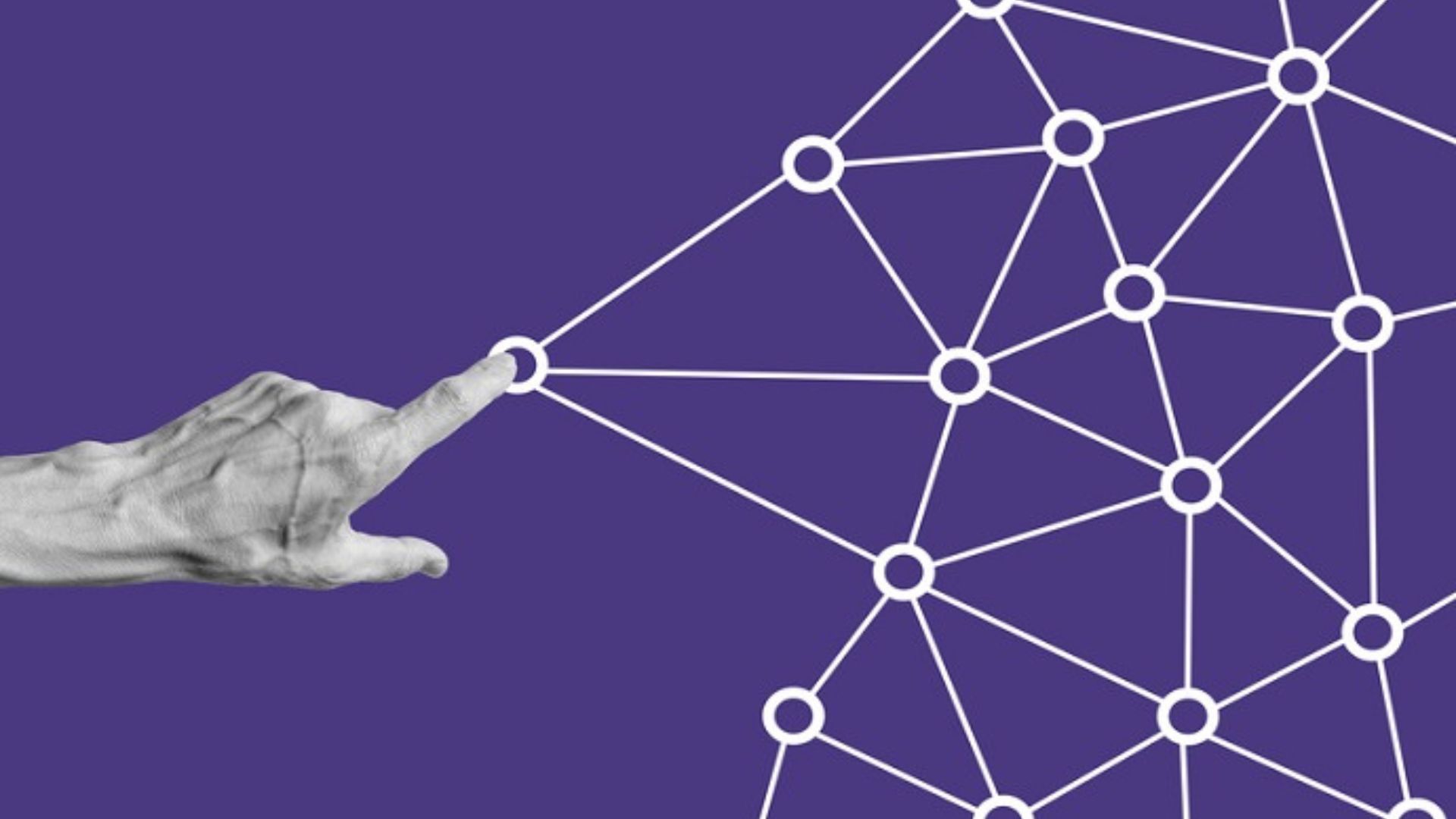
In contrast, a decentralized network does not rely on a central server but uses a distributed architecture to spread data processing. These individual gadgets function as mini-central units that communicate with other nodes in a decentralized fashion. This ensures that users will still have access to data and that the network as a whole will continue to function with minimal or no downtime if a controller node fails or is compromised.
Technological progress in the last several years has enabled decentralized networks by making it feasible to sync and use a vast amount of computing power on computers and other devices. Although decentralized networks differ greatly from centralized ones, it’s worth noting that even with multiple nodes per network, data storage, and processing are still done by a few main servers.
Advantages
-
Increased flexibility/scalability: With no central node to fail in a decentralized network, the network can keep running in case of a controller node breach or shutdown. Additionally, network maintenance usually does not need a complete shutdown, and decentralized networks are simple to scale by adding additional devices to boost computing power.
-
Faster performance: Instead of sending connections across huge distances to a single centralized server, decentralized networks allow network managers to set up controller nodes in areas with a high volume of users, which speeds up the processing of user requests.
-
Enhanced privacy: Since data stored on the network is distributed across numerous nodes rather than a central location, decentralized networks provide users more anonymity. This makes it harder to trace data flows throughout a network and removes the possibility of having a single point of failure that bad actors could exploit.
Disadvantages
-
High maintenance costs: Decentralized networks can withstand failures compared to centralized networks. This usually results in higher maintenance costs and more labor-intensive tasks for these networks. A decentralized network puts an equal strain on an organization’s information technology resources due to the system’s reliance on many devices. Therefore, due to the unfavorable cost-benefit ratio, decentralized systems are typically not a good fit for firms that need a modest system.
-
Coordination issues: It can be challenging for larger organizations to coordinate and complete collective tasks in a decentralized network because controller nodes operate autonomously and may not communicate with each other. Even though this is designed to be a feature of decentralized networks, it does mean that not every company model or organizational structure may profit from utilizing one.
What Is a Distributed Network?
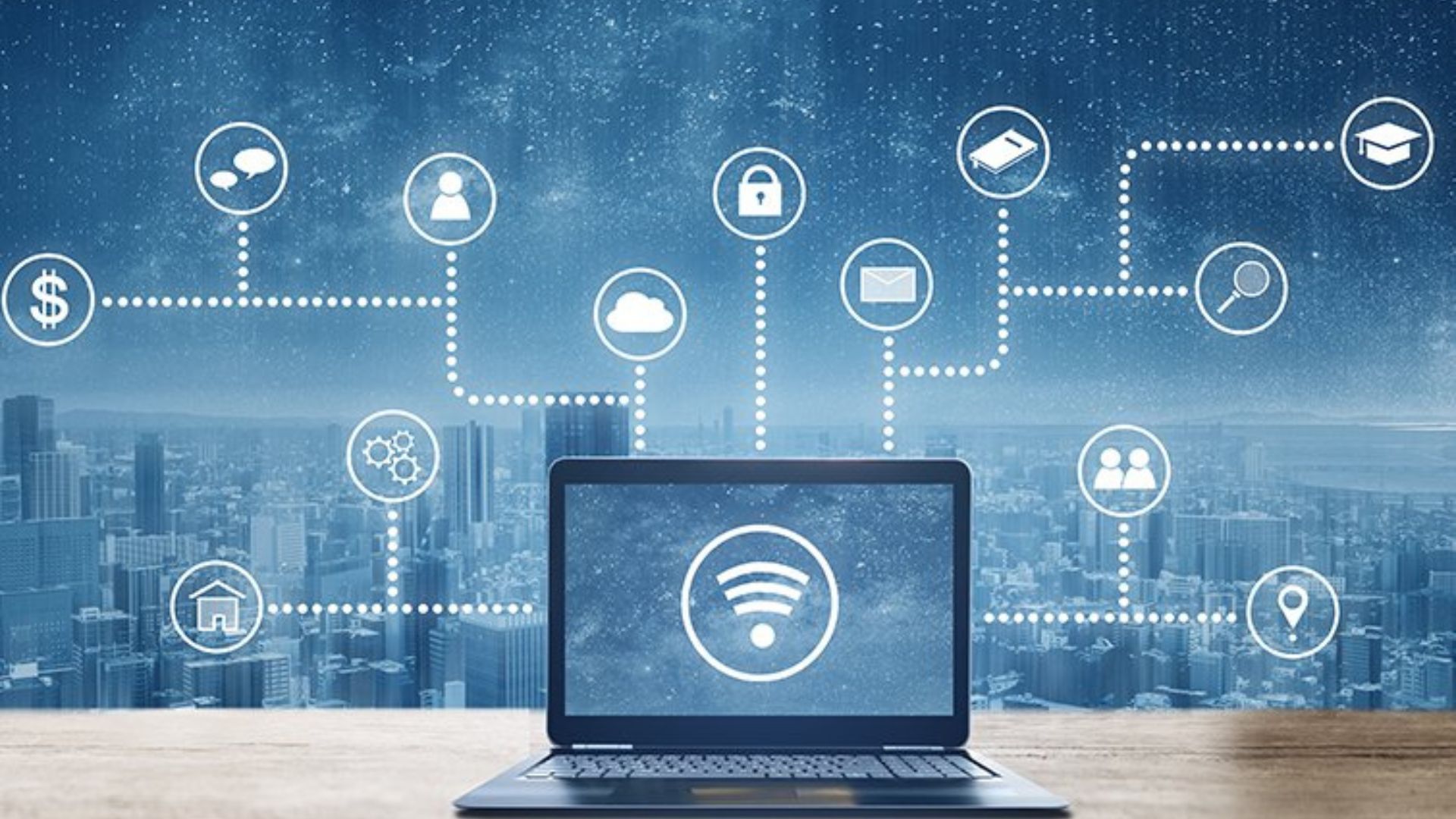
In contrast to decentralized networks, which rely on a central server, distributed networks are owned by several entities. In contrast, data ownership and computing resources are divided equally across all nodes in a distributed network because all nodes are equal and connected. A “distributed network” can also be a network that is geographically dispersed yet otherwise structured according to a hierarchical topology. However, the phrase is usually used to describe a network in which the placements of nodes and the distribution of computational resources are uniform.
Due to the lack of a central server or controller nodes in dispersed networks, data processing is done by crowdsourcing across the network, with equal access to data offered to all users. In a distributed network, each node votes on whether to enter a new state, and the system’s behavior changes based on the total votes. Depending on the network’s consensus mechanism, the procedures by which a dispersed network votes and makes decisions could vary. Interactions between the various network parts are fundamental to any distributed decision-making. Therefore, distributed networks are very secure and fault-tolerant because of their dispersed nature. Their pros and cons are similar to decentralized networks but more pronounced.
Advantages
-
Extreme fault tolerance: Because the computational workload is redistributed among the remaining nodes in a distributed network, the failure of one node does not impact the entire system. Consequently, distributed data systems are far more robust than alternative network designs that depend on a top-down node structure.
-
Speed and scalability: In terms of scalability, distributed networks outperform their centralized and decentralized counterparts. Because the data and processing power are distributed evenly over the network, they also typically have lower latency.
-
Enhanced transparency: Data in a distributed network is more difficult to alter, censor, or delete since it is spread over the entire network. Because of this and the fact that distributed networks typically use cryptography to protect their data, distributed networks are inherently more transparent than other systems.
Disadvantages
-
High maintenance costs: Distributed networks, like decentralized ones, are more resource-intensive to manage and adjust because every node needs to be updated for a change to occur. Network managers cannot chronologically organize instructions or logs because distributed nodes do not adhere to a common clock and have varying latencies. Consequently, algorithms designed for distributed networks can be challenging to debug.
-
Coordination Issues: There can be no regulation of individual nodes on the system if there is no node hierarchy to ensure that superior nodes supervise subordinate nodes’ actions. Therefore, completing large-scale projects or making judgments promptly can be challenging. Some companies and groups may find this dispersed chain of command an insurmountable obstacle. In addition, nodes have a tougher time making educated judgments based on the states of other nodes in the system since obtaining a global perspective of the entire network is difficult.
Blockchain Networks: A Reconfiguration
Never forget that no network configuration is universally better than any other while debating the relative merits of various designs. Be that as it may, most legacy systems feature a centralized configuration, as the current internet was largely constructed on top of centralized networks. The widespread use of distributed and decentralized network structures, mostly created to overcome the shortcomings of older system designs, drives much innovation. Examples of theoretical applications that could be realized using decentralized and distributed systems include self-sovereign identity creation and decentralized banking.
Instead of attempting to design around a small set of network models, companies will have more flexibility to choose the network architecture that works best for them as the range of network configuration possibilities grows. There may be a fundamental change to a more dispersed and decentralized digital world due to the increasing prominence of alternative network designs.


